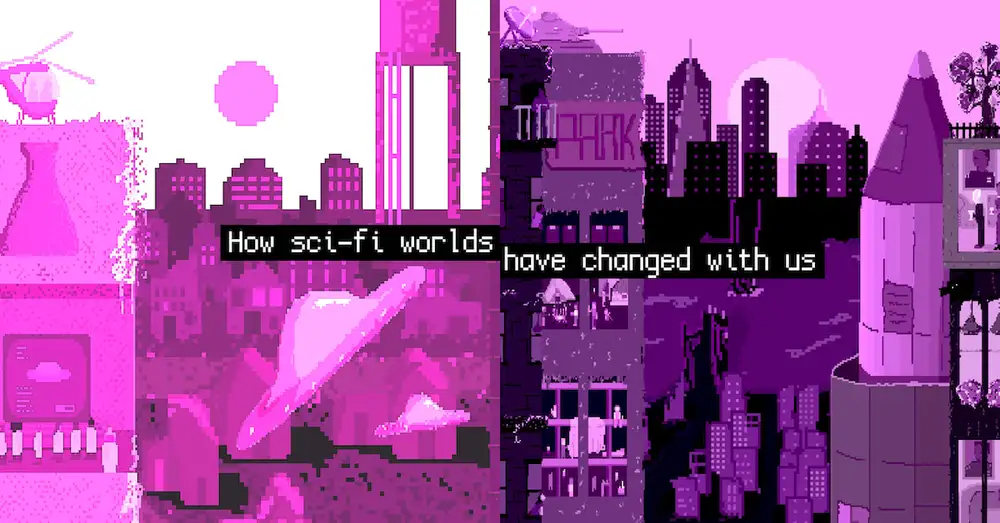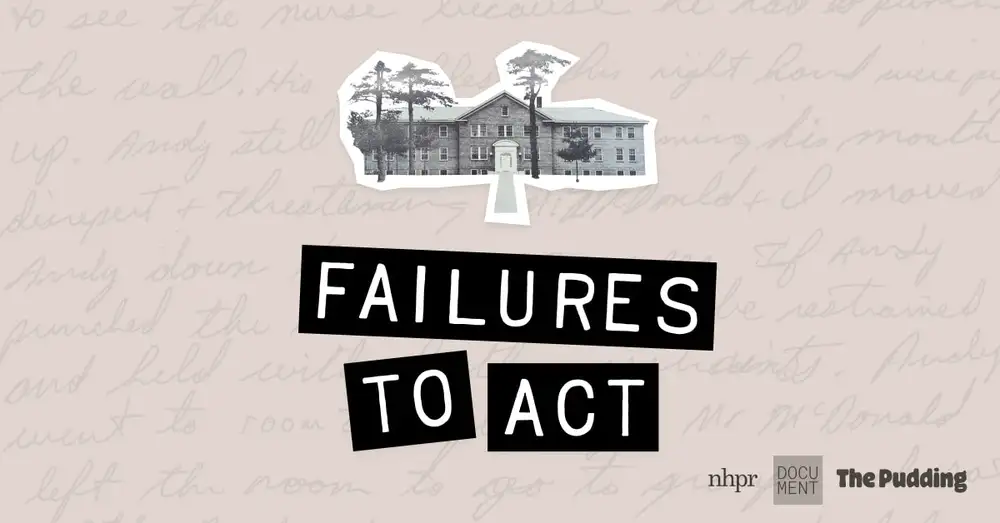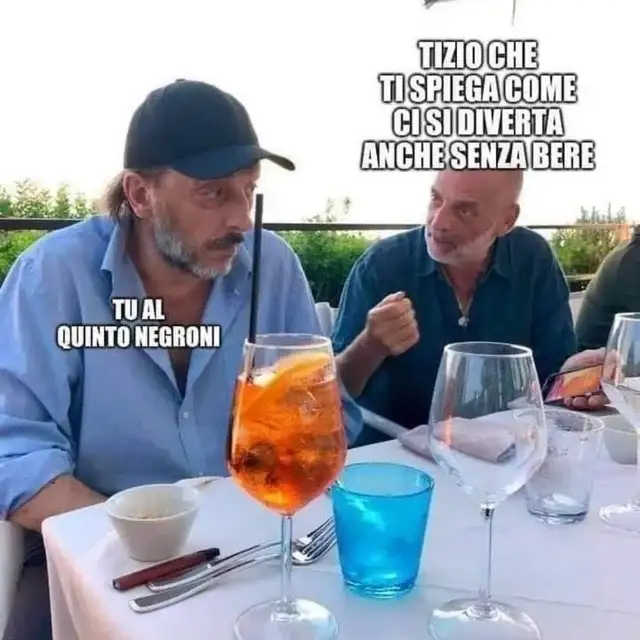News stories constantly remind us that we’re headed for trouble. Children are being murdered, authoritarianism is on the rise, and Earth is inevitably going to warm so much that it will likely kill millions of people. Given this, how could we possibly imagine a less bleak future?
But maybe that’s what sci-fi can explore.
Author Neal Stephenson wrote in 2011: “Good SF supplies a plausible, fully thought-out picture of an alternate reality in which some sort of compelling innovation has taken place.” Journalist Noah Smith argues that optimistic sci-fi needs to have “several concrete features corresponding to the type of future people want to imagine actually living in.”
So, what if we figure it out?
What if we ensure that even the least fortunate among us have reliable housing, food, and healthcare?
What if we reject the notion that an economy must produce more and more, but rather embrace the idea that a functioning society is only as successful as its least privileged soul?
I know, I know.
Right now, it’s hard to see that future. We see terrible things all around us – hunger, disease, mass murder, greed, an increasingly uninhabitable planet.
But unlike the world of Mad Max, our world has not yet been killed. There are still monumental efforts to stop hunger, to limit disease, to build more resilient governments, to wake us from the hypnosis of war, to sail deeper into the galaxy and to see closer into the atom. We can still create a world where the patches of paradise blossom into the wastelands.
I admit it’s hard to see. In fact, I admit that I’ve spent most of my journalism career telling a narrative about the wastelands bleeding into our lives – a sort of fear-mongering, I suppose.

 Failures to Act
Failures to Act